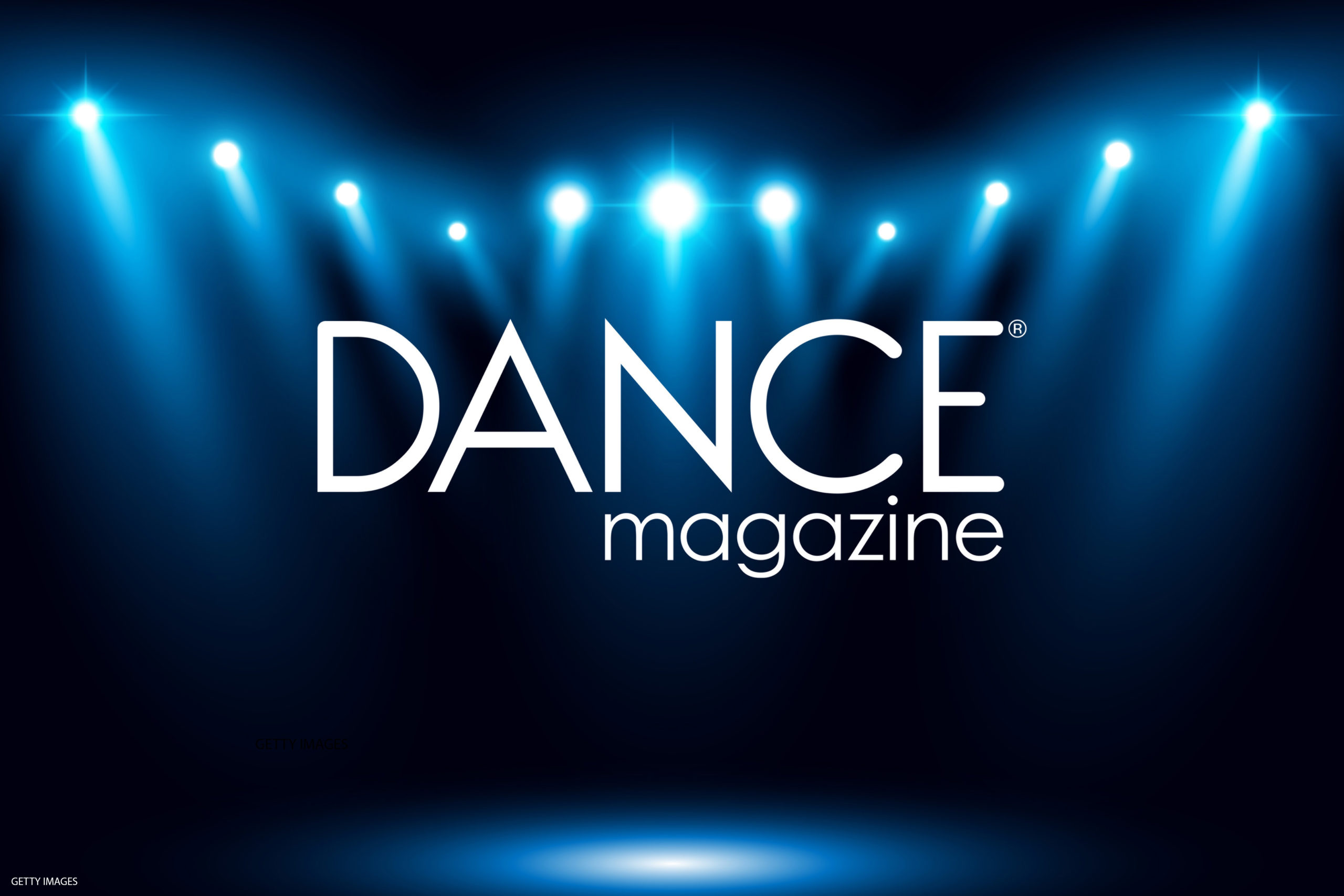Mentoring on a Global Scale
It dawned on me that the Rolex Initiative not only matches up interesting artists of different generations, but it is creating a real exchange between industrialized countries and developing countries. On Sunday night at DTW, Rolex presented the first three years of protégés: San Jijia from China, mentored by William Forsythe; Junaid Jemal Sendi from Ethiopia, mentored by Saburo Teshigawara; and Anani Dodji Sanouvi, from Gabon and Senegal, mentored by Anne Teresa de Keersmaeker. The Rolex Mentor and Protegé Arts Initiative funds both mentor and protégé for one year and sometimes longer. It is still funding Sang Jijia’s salary as a dancer in The Forsythe Company. “It’s a sweet deal,” said Forsythe as he introduced the evening.
We saw three fabulously talented young choreographers, each with an individual style, but still mid-way out of the cocoon. Sang Jijia, after four years of dancing with Forsythe, moves like a Forsythe dancer: physical rather than theatrical, finding continuity within disjointedness. He choreographed a duet with none other than the glowing Fang-yi Sheu, erstwhile star of the Martha Graham Dance Company. Their duet was taut, dramatic, and never less than interesting. But their physical styles remained separate, and I found myself wishing I could see them dance alone.
The current protégé, Anani Dodji Sanouvi, walked onstage with a terrific sense of purpose, scooping his arms in the air and letting them come down softly. He’s impulsive, powerful, holding in his body African rhythms at the same time as being open to other rhythmns. But the way he is putting together his pieces (he showed a solo and a duet) is the way his mentor, de Keersmaeker, puts together pieces: endlessly cycling and recycling through phrases. I look forward to the time when he can apply his amazing individuality not only to making movement but also to organizing movement.
Last year’s protégé, Junaid Jemal Sendi, is a good match with Teshigawara, as he is very visual and relishes odd characters. He duet had some striking episodes, including a flashlight dance that made his face look like a quivering mask, and a ghostly figure shuddering to bring another figure (Sendi himself) into death—or was it birth?
These three young artists are soaking up what the masters have to teach them—and possibly also what Western culture has to teach them. As de Keersmaeker admitted in her introductory remarks, she has also learned a lot from Sanouvi.
The next step is what Eliot Feld has called “patricide” (see his interview in the latest Ballet Review). An artist has to be willing to depart completely from the master who taught you. In Feld’s case it was Balanchine and Robbins. First you allow yourself to be influenced by the best, and then you throw off that influence to discover your own true voice.
Whether or not these three protégés eventually become major dance artists, the Rolex Initiative has been successful in a larger way. In meshing the mature artists of industrial nations with young artists of developing nations, it has brought a global perspective to dance.




